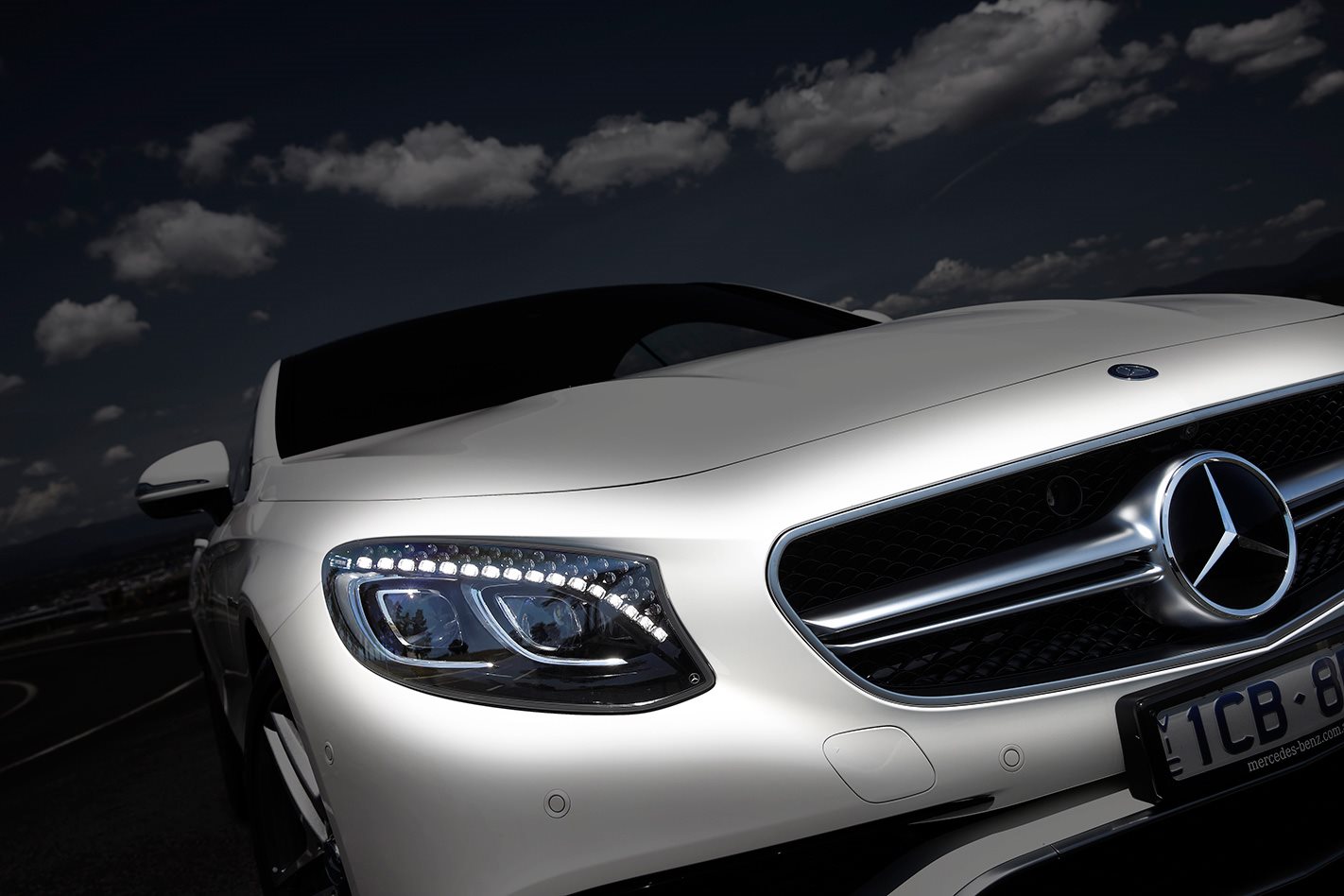AUSTRALIA’S growing appetite for luxury cars will earn the Federal Government an extra $20 million this financial year, the latest budget figures show.
Treasurer Scott Morrison last night unveiled his second budget, showing luxury car buyers are still expected to stump up a $240 million luxury car tax (LCT) windfall over the next five years that it identified in forecasting released last year.
This year alone, the controversial 33 per cent luxury car tax will add $650 million to the Federal Government’s coffers – up from the $580 million anticipated by last year’s Budget papers, and well up on the $520 million estimated in 2015’s mid-year economic forecast that measures how closely the government has followed its financial plans.
Earnings from LCT – a tax levied on the proportion of a new car’s price above $75,526 if it uses no more than 7.0L/100km, and above $64,132 if it consumes above 7.0L/100km – are now almost double what they were in the 2005-06 financial year, where the tax earned the government just $330 million.
LCT is expected to dip to $640 million next year, suggesting the government anticipates we will have slightly less money to spend on fancy cars – generally speaking the government’s revenue measures, designed to return the Budget to surplus by 2021, will leave all taxpayers slightly worse off.

Meanwhile, the government has revised earlier estimates to show that Australians will pay $10 million less in petrol excise – the $0.401 cents a litre slug that was raised from $0.396 in February this year – down to $6.25 billion.
But there’s no holiday for diesel fuel buyers, with the excise – charged at the same rate as the one levied against petrol – tipped to add an extra $270 million over previous forecasts to $10.2 billion. The government identified that it, along with the tobacco tax, were the budget’s strongest performing excise revenue raisers helping it offset a fall in income resulting from rolling out various free trade agreements with Australia’s main import hubs.
The government reintroduced twice-yearly reviews to the fuel excise in 2014 to peg the tax’s movements to changes in the consumer price index, a measure of how fast prices for a pre-set basket of stuff we buy is rising or falling. The next review is due in August.
From this year on, though, petrol excise is expected to reap the government an extra $600 million in the 2018-19 financial year, and an extra $1 billion a year for each of the following two years.
A soft start to 2017’s new car sales – the industry’s volume is down almost three percent on last year’s pace – appears to have the government’s estimates for how much it will earn from taxes levied on passenger car imports down sharply, falling $30 million to $470 million, but rising more than two percent the next year, and six percent a year later.
Project that revenue to the 2020-21 financial year, though, and the government predicts an almost 10 percent increase in revenue for car imports. However, it doesn’t say if that will come from a boom in new car sales, or a higher excise rate.





